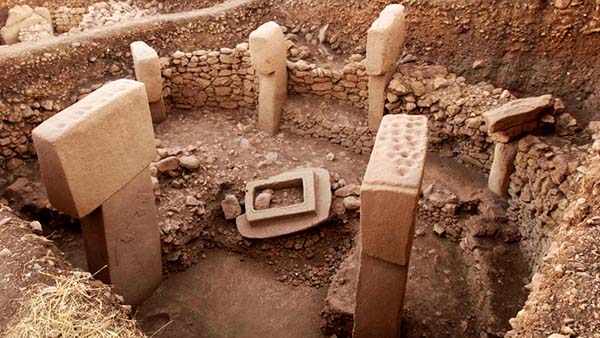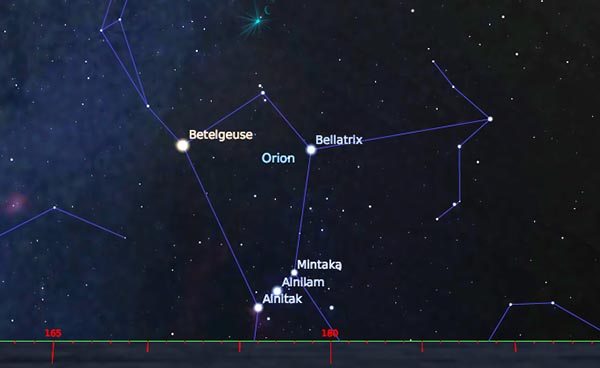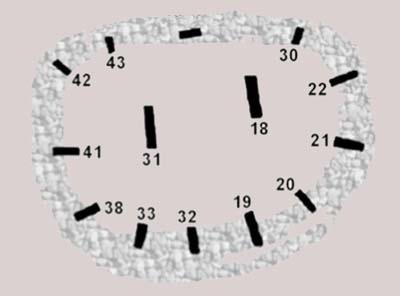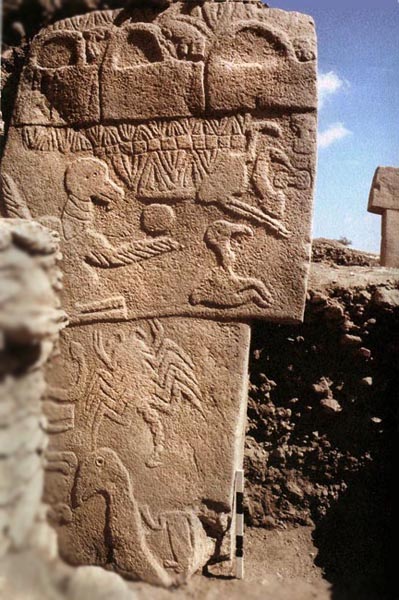The naming of places in the ancient world was a serious affair, particularly with regard to temples. A name enshrined the purpose for which the site was intended, or reflected a truth about its history. Thus understanding the real name of Göbekli Tepe offers the greatest clue as to why people of a forgotten era created a monument that is both out of place and out of time.
Its ancient Armenian, and probably oldest name is Portasar, and it breaks down into two syllables: port (navel or umbilical cord), identifies the site as a Navel of the Earth, a seeding place where the knowledge of the gods was first deposited. Where such epicenters exist throughout the world, wisdom spread across the land like ripples, touching the uncivilized and the brute and elevating the potential of humankind.
The second syllable asar is revelatory, for it is none other than the original name of Osiris, primary Egyptian deity and lord of the Otherworld. It can be said, then, that this hill is the Umbilical Cord of Osiris.
Portasar’s most fascinating stone circle is Enclosure D. Its organic material has been carbon-dated to c.10,500 BC 1 suggesting people were present here three hundred years after the meteorite strike that triggered the Younger Dryas epoch. By the same token, C-14 dating of the wall mortar protecting this enclosure offers a range of 9990-9600 BC, suggesting activity at the site one hundred years either side of the meteor strike that generated the great flood and the end of the Younger Dryas. It would appear that someone came to this hill in Anatolia to construct what appears to be an observatory or a library in stone, then carefully packed up the site and left prior to the destruction about to unfold.
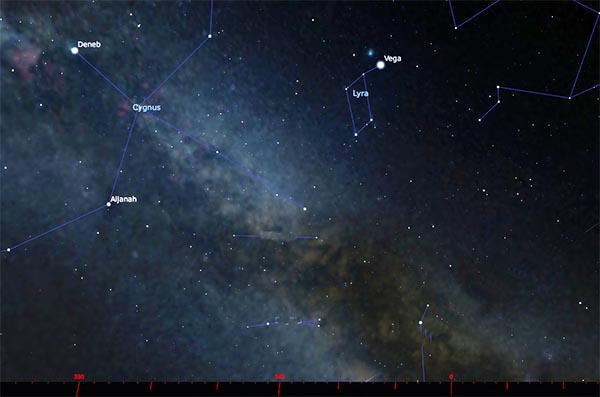
The north view above Gobekli Tepe enclosure D on the winter solstice 10,500 BC.
